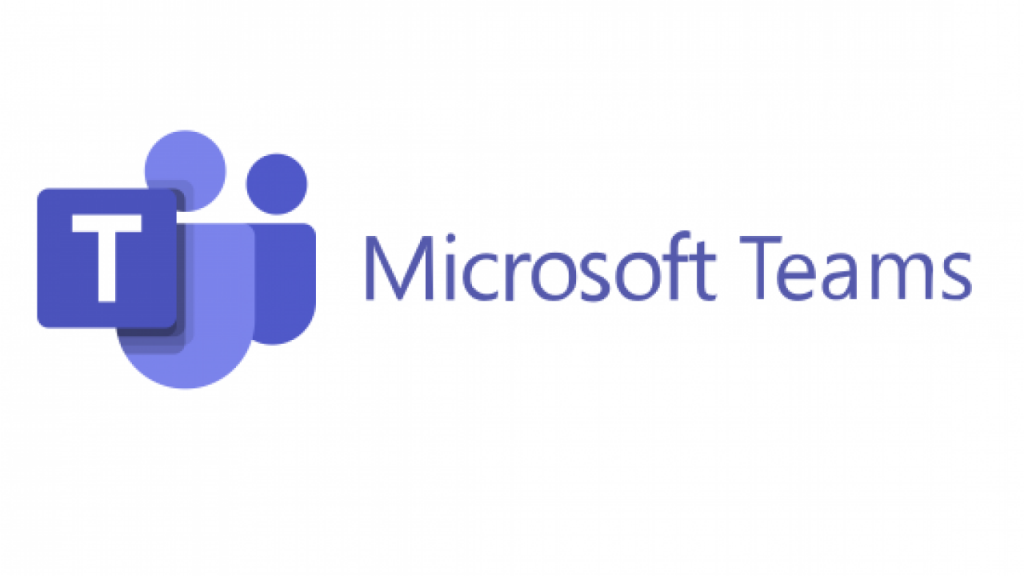Travel rules and restrictions have caused many of us to chose a staycation this year. The UK is full of places to holiday, places for a short stay, or places for a day-trip. It also has a massively wide breadth of location types, encompassing historic urban centres, scenic landscapes, incredible coastlines, stunning national parks and awesome scenery.
Whatever you are planning, the UK has something for you. With that in mind, here are our top ten suggestions:
1. The Lake District
The Lake District is one of the most popular places to visit in the U.K. It is the UK’s most popular national park and a UNESCO World Heritage Site since 2017. Try climbing Scafell Pike, the highest mountain in England. There is everything from lake cruises to mountain walks, hiking, photography, outdoor adventures and cosy pubs with home-cooked food. Or take a narrow-gauge steam train ride from Ravensglass deep into the Eskdale valley.
2. Brighton
Brighton isn’t an ordinary seaside town and there is always something new, each time you visit. Soak up its oddball, alternative character by exploring the warren of streets known as the Lanes; sprinkled with vegan cafes, espresso bars, chaotic pubs, record stores and bric-a-brac shops. Don’t forget the Royal Pavilion, a 19th-century party palace built by the Prince Regent. You can still have fish and chips on the pier, and the Seven Sisters cliffs are nearby too.
3. Bath
In a nation full of great cities, Bath is one of the most visually spectacular, full of buildings built with honey-coloured Bath stone. Of course, there are the Roman Baths, but there is also the Jane Austen Centre, and the Bath Assembly Rooms, Georgian ballrooms which were the setting for scenes for two of Austin’s novels (Persuasion and Northanger Abbey). Don’t miss The Circus, and the famous Royal Crescent. It’s also a beautiful place to visit in winter because (if running) the Christmas markets are fantastic!
4. York
York may be the only city to rival Bath as the prettiest city in England, although visually, the two couldn’t be more different. Seeing York Minster is obviously a must. A landmark of York which has a giant east-facing window that had the largest expanse of stained glass anywhere in the world, before the modern era. Walk the almost complete 13th-century walls in a magnificent circuit. There is also The Shambles, filled with picturesque cobbled streets, cafes, and restaurants, and supposedly the inspiration for Harry Potter’s Diagon Alley. The Jorvik Viking Centre is well worth a visit. It’s the only place in the world where you can go on a fun-fair ride that is also a history lecture. The whole place feels like an old Viking City. And lastly, if you can get in, you must, must, must have afternoon tea at Betty’s Tea Rooms.
5. Stonehenge
Stonehenge is the only surviving lintelled stone circle in the world, at around 5000 years old. Stonehenge has an impressive visitor and has been a legally protected Scheduled Ancient Monument since 1882.The site and its surroundings were added to UNESCO’s list of World Heritage Sites in 1986. You may have seen it many times in photographs and TV, but only seeing it “in the stone” will give you a real appreciation of this monumental monument.
6. London
Without a doubt, the world’s greatest city. You could live there for many years and only scratch the surface of what the mother of all metropolis’s has to offer. There are the obvious attractions of the Tower of London, Westminster Abbey, Big Ben and museums such as British Museum, Natural History Museum and the Science Museum, art galleries, including Tate Modern, Tate Britain and the National Gallery, all of which are free to visit. But London keeps giving. Try the incredible Museum of London or Royal Observatory Greenwich. And for a hidden, hardly seen by Tourists, spectacular gem, visit the Inns of Court, in the heart of London, a stone’s throw from major attractions.
7. Cambridge
Full of incredible architecture that will make you go ‘ooohhh’ every time you turn a corner. And you can also have a punt along the Cam.
8. Devon
The only English county so good it has two coastlines. There are an amazing mix of places from cities like Exeter and Plymouth, the English Riviera of Torbay, Dartmoor and the quieter north coast where you’ll find places like Barnstaple.
9. The Cotswolds
A region spread over six English counties and a designated Area of Outstanding beauty. Here is all that was perceived as traditionally and quintessentially English; a tangle of quaint villages of rose-clad cottages, village greens with pubs serving fine ales, and views of lush green hills. There are many long-distance trails including the Cotswold Way, perfect for walking, cycling and horse-riding.
10. Cheddar Gorge
Visit for the Gorge itself, the incredible caves and the sight of large truckles of cheddar aging slowly, in the darkness. Stay for the scenery, caving, climbing and more!








